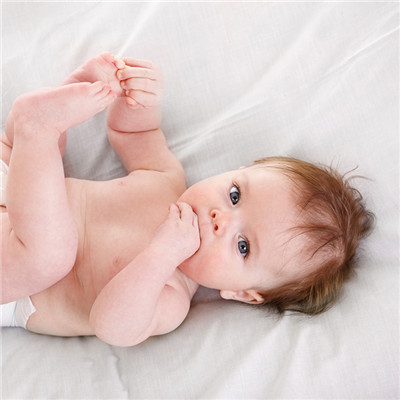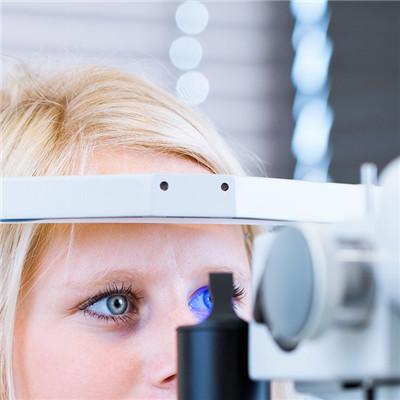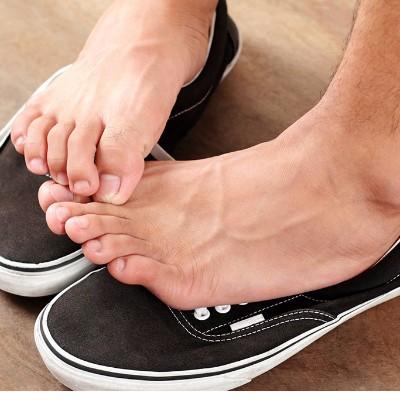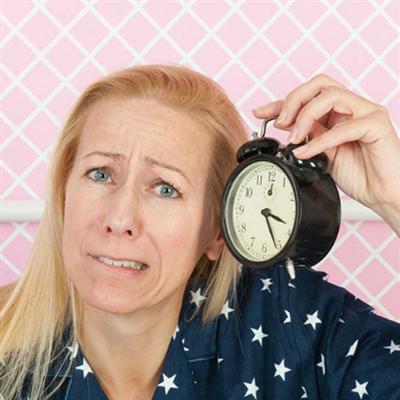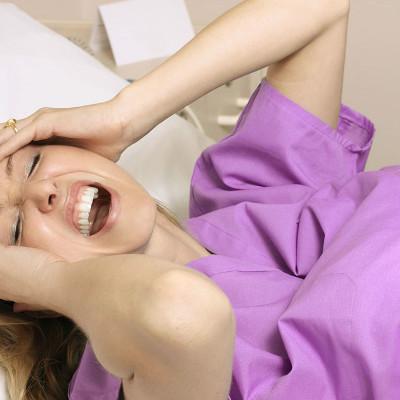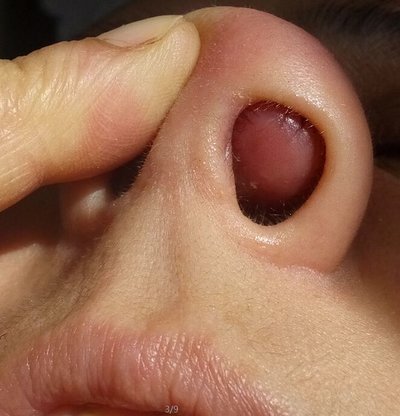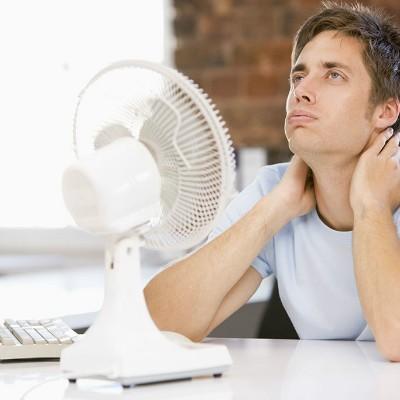General examination of the ear?
summary
Ear examination mainly includes otoscopy, Eustachian tube function examination, hearing test, vestibular function examination, fistula test and other examinations. Generally, the size, position, deformity and symmetry of auricle, swelling, tenderness and tenderness of auricle, mastoid and lymph nodes around ear were observed. General examination of the ear? Let's talk about it
General examination of the ear?
Tympanic membrane examination should also test whether it can move, through the tympanic otoscope external auditory canal pressure and decompression to see the tympanic membrane activity. If the color of the tympanic membrane is dim, we should pay attention to whether there is exudation in the tympanic chamber through the tympanic membrane. When it is suspected, the liquid level of effusion may be revealed by blowing or blowing through the eustachian tube.
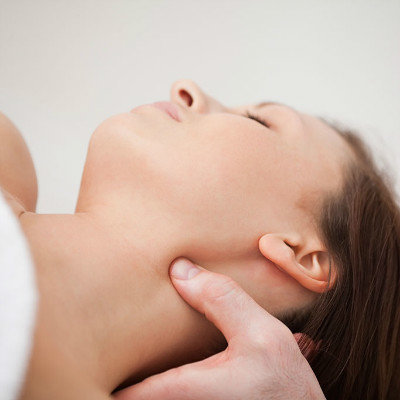
If you hear the sound of blisters, there may be tympanic effusion; If there is no sound, the eustachian tube is blocked. The operation of eustachian tube blowing should be gentle to avoid iatrogenic injury. Therefore, the tympanic membrane and hearing should be checked before and after blowing to observe whether there is any change. Eustachian tube blowing can sometimes find no obvious tympanic membrane perforation, and even squeeze out secretion.

When otitis media, especially cholesteatoma, is suspected of labyrinthine wall erosion, boltzer's ball can be used to pressurize the external auditory canal for fistula test. When the pressure or decompression (resulting in negative pressure), if the patient has vertigo, or even nystagmus, the fistula test is positive, indicating the existence of fistula. However, if the function of the inner ear has been completely lost due to labyrinthitis or the fistula has been blocked by granulation and other lesions, the test may also be negative even if there is a fistula.
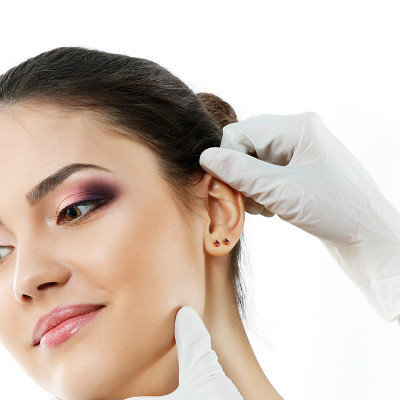
matters needing attention
Don't move your head. Because the opening of the otoscope is smaller than that of the tympanic membrane, the holder of the otoscope should keep moving the otoscope to see the whole picture of the tympanic membrane, otherwise only a part of the tympanic membrane can be seen. When the otoscope reaches the junction of cartilage and bone, it can cause pain and cough reflex. Maintain a certain amount of light for inspection.
